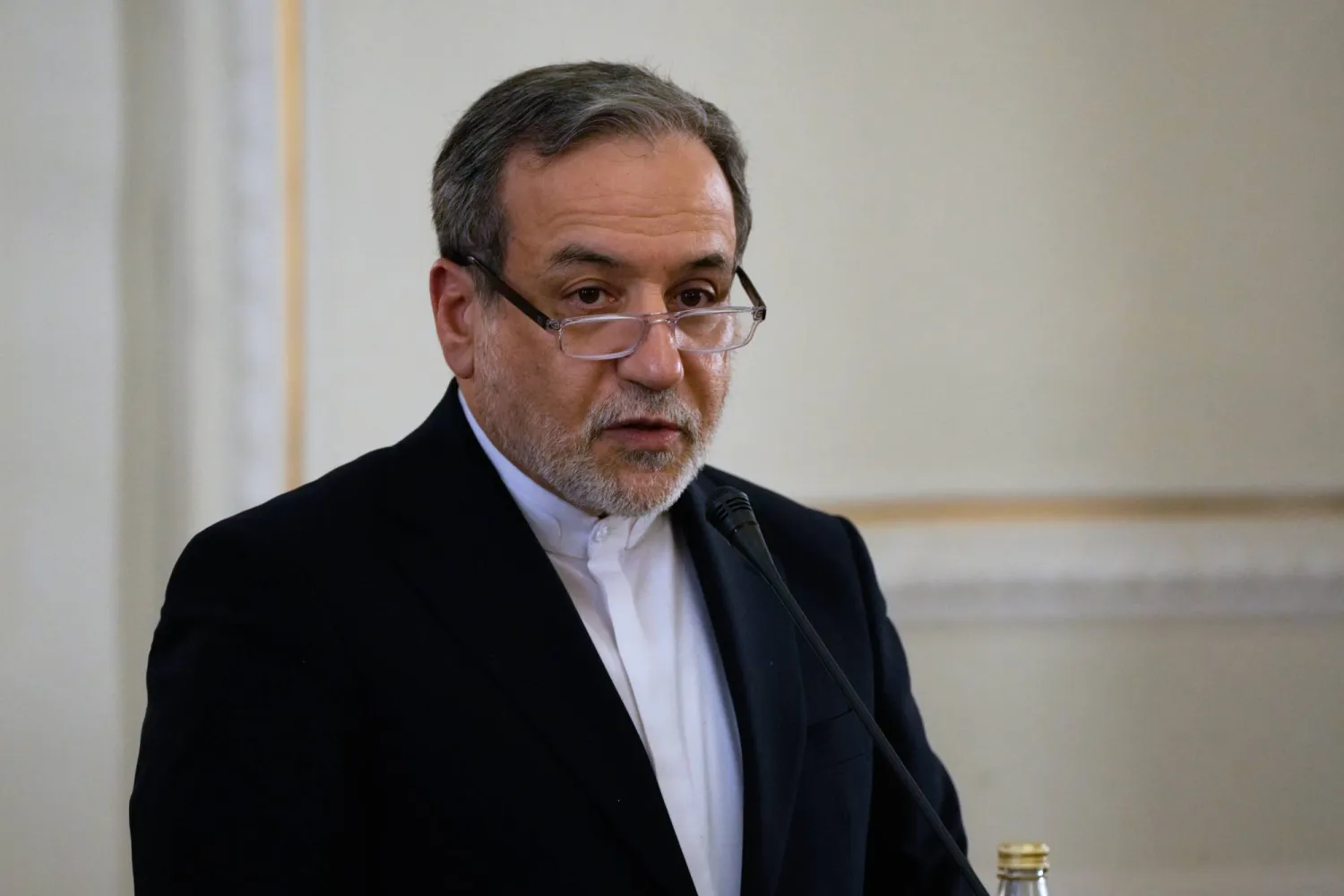Iranian Foreign Minister Abbas Araghchi said on Saturday Tehran is not convinced Washington was ready for real and serious negotiations.
But, the FM added, “If they change their approach and are prepared for a fair and mutually beneficial negotiation, we are prepared as well.”
In an exclusive interview with Japan’s Kyodo News, Araghchi called for Japan to share its expertise with past atomic disasters and help Iran secure facilities severely damaged by recent Israeli and US strikes.
“I have no doubt that Japan has good knowledge on how to improve the safety of nuclear facilities, and that knowledge can be shared with Iran,” he said, citing extensive work on environmental, medical and technical safety measures in the aftermath of nuclear crises.
Also, Araghchi emphasized that potential cooperation would pertain to technical safety, not to inspections, which is an IAEA mandate. “On the technical aspects of these safety challenges, cooperation with Japan can be very useful.”
The Iranian FM then noted that the Israeli strikes on Iran's nuclear sites were “perhaps the biggest violation of international law” ever committed against a safeguarded nuclear facility under the monitoring of the International Atomic Energy Agency.
Fair and Balanced Negotiations
Touching on the prospects for stalled nuclear talks, Araghchi said Iran is open to diplomacy but only under conditions that guarantee a “fair and balanced” outcome. “It depends on the United States,” he said.
The minister said Tehran remains skeptical about the outcomes of future nuclear talks, due to Washington’s withdrawal from the 2015 nuclear accord and its support for the recent Israeli attacks on Iran.
“If they change their approach and are prepared for a fair and mutually beneficial negotiation, we are prepared as well. But negotiation is different from dictation. For the time being, we are not convinced they are ready for a real, serious negotiation,” he said.
Araghchi explained that the main disagreement remains Washington's refusal to acknowledge Iran's right to peaceful nuclear technology, including uranium enrichment, under the Nuclear Non-Proliferation Treaty, of which Japan is a member.
“Tehran is prepared to accept limits on levels of enrichment and centrifuge types,” he said, adding that negotiations could proceed quickly once the US takes a reciprocal approach by allowing Iran's peaceful nuclear program and lifting sanctions.
Araghchi then said Iran faces a complex mix of safety and security threats that it has never seen before, citing structural damage and potential radiation leaks after the June strikes.
As there is “no precedent of a peaceful nuclear facility being bombarded,” the foreign chief said, “the strikes exposed a critical procedural gap within the IAEA, in terms of how to inspect such a facility.”
Earlier this year, Iran and the IAEA reached a framework of cooperation during talks in Cairo to define a workable mechanism for inspecting and stabilizing sites damaged by military action.
However, Araghchi said, the agreement was undermined when the United States and the three European parties to the 2015 nuclear deal sought to restore past UN Security Council sanctions.









